The Key To Long-term Safety
We've discussed in many forums over the past 10 years the problems with injuries and fatalities on public playgrounds in venues throughout the country, and indeed, the world. We should be well aware by now that there are guidelines from the Consumer Products Safety Commission for owners/operators and the interested members of the public concerning playground safety. There are also voluntary industry standards from the American Society for Testing and Materials (ASTM) for manufacturers and owners/operators alike.
Manufacturers, designers, and public interest groups, in general, have done an admirable job of coming into compliance with these standards of care. What appears to be in need of new focus is the issue of maintaining sites, once developed, renovated or upgraded, by owners/operators - us. Where does this need fit within the scheme of our ongoing and overall preventative maintenance program? Is it even included in such a plan for the overall care of our facilities? Are the clear advantages of a solid preventative maintenance program applied to your fleet? Or is facility management lost, conceptually, when considering playground facilities?
One key component to a solid preventative maintenance program for playgrounds is an ongoing, consistent inspection that is designed to be functional within the working framework of your agency. Too complex = not used; too effortless = not valid. Balancing the needs, the value of the inspection process and the staff who must implement it are critical to a successful and valuable program. Once the sites are initially audited (establishing a fixed point-in-time condition of the site), your regular inspections serve to assure you that the standard of care you have sought to maintain is being achieved. This is the information that keeps your preventative\ maintenance program on track, and most effectively uses the resources needed to maintain your goal of safe, challenging play sites for children.
Just as important to the inspection process is a trained staff who have had the advantage of understanding the goal of the agency regarding play sites and the standards to which they are to be maintained. While a Certified Playground Safety Inspector, trained and tested through the National Playground Safety Institute (NPSI), is a valuable asset to any agency providing public play sites, not all the field staff need to be CPSls to achieve the established standard of care. What is key is that the CPSI trains others to inspect and maintain the sites to either the CPSC guidelines, the ASTM standard, or both, depending on the agency's mission statement. Those charged with maintaining the sites need to be able to effectively inspect the sites regularly, know what to look for, and how equipment is supposed to function, and what to do to make corrections.
Of course, then, we want to fix the deficiencies, and document, document, document. Whether by completed work orders, or employee worksheets, or fulfilled purchase orders, we need to establish a checks and balances system that says, years down the road, we did what we said we would do, and did so in a timely fashion. While this tends to be viewed, as much as a risk reduction issue as it is a maintenance issue, my sense is that it is foolish to try to separate the two operations. Effective, challenging, functional, well -maintain ed play sites is the goal; diligent care is the means to achieving this goal. If you are looking into the mirror and cannot honestly say that I'm as committed to maintaining our play sites as I am to my fleet, buildings, ball fields, or turf, I ask you to revisit your priorities where it comes to your youngest, most vulnerable users, America's kids.
BY DAVE PARKER
Dave Parker is the chair of the National Playground Safety Institute and the Chief of Operations and Ranger Services for Metroparks of the Toledo (Ohio ) Area.


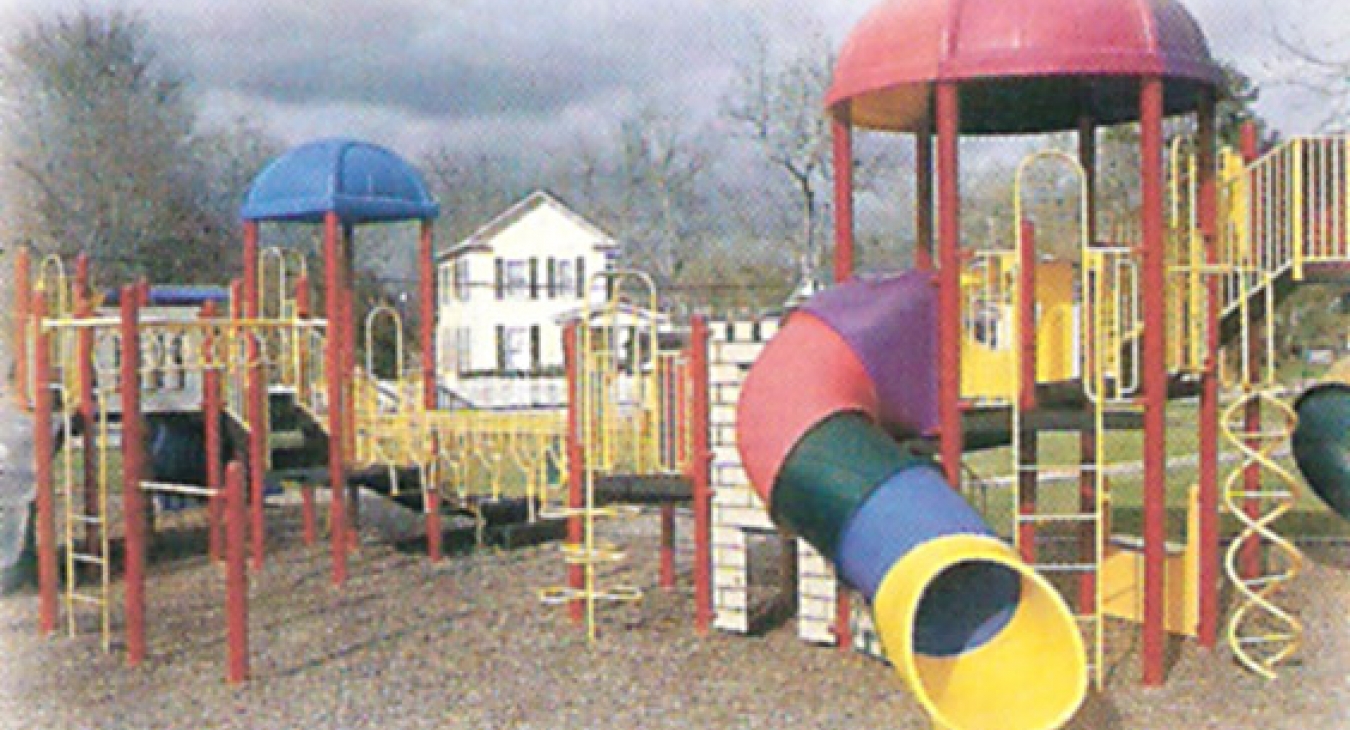
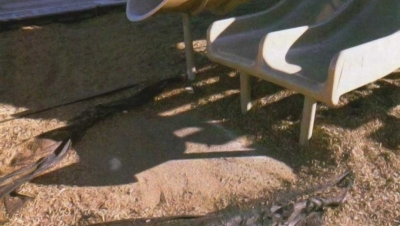

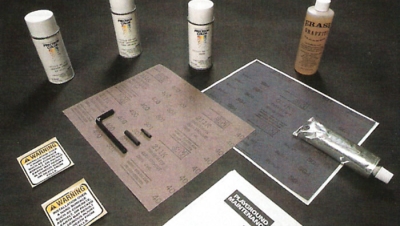
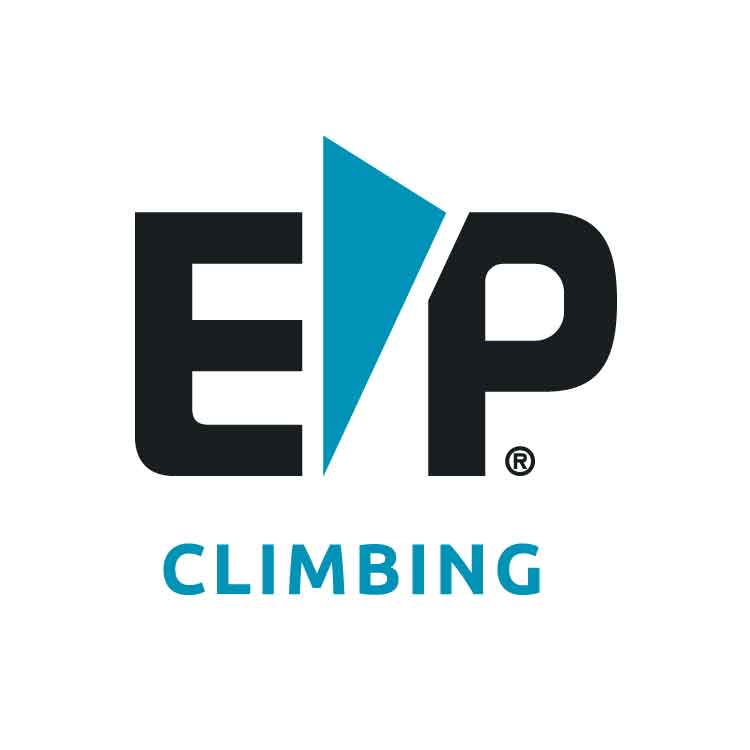
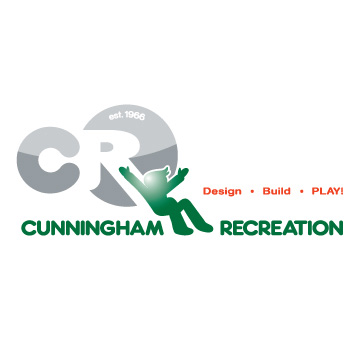

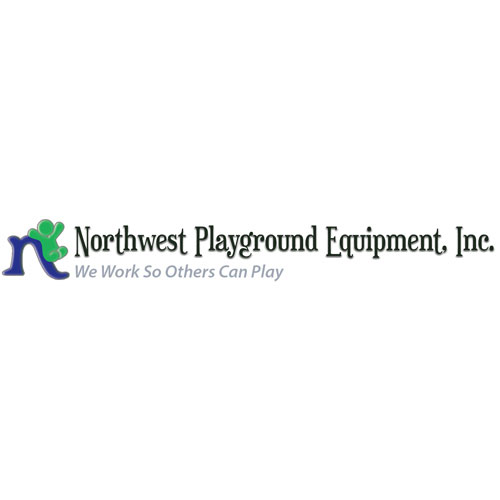
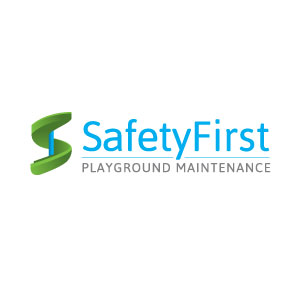
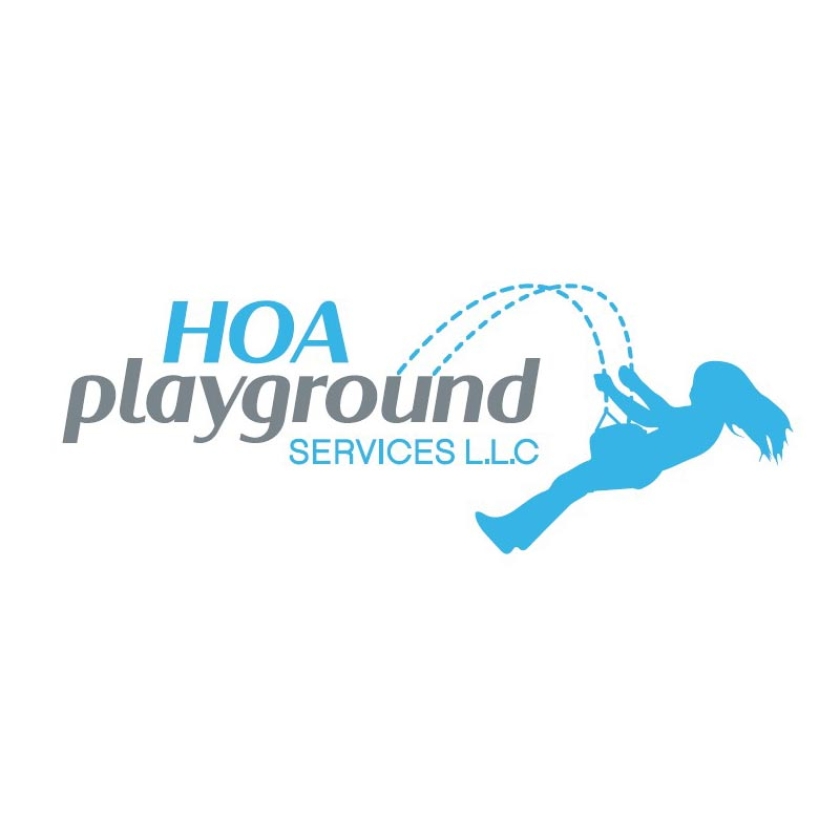
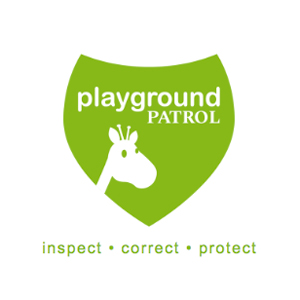
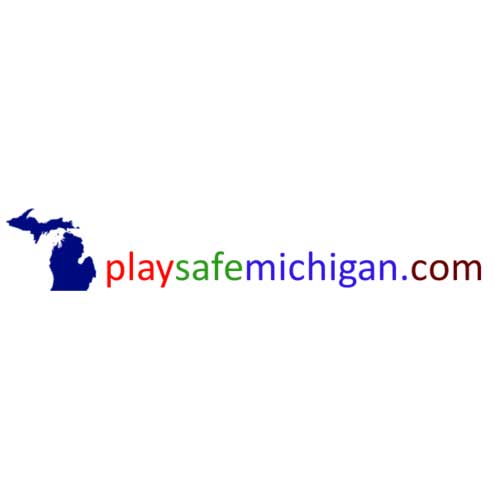


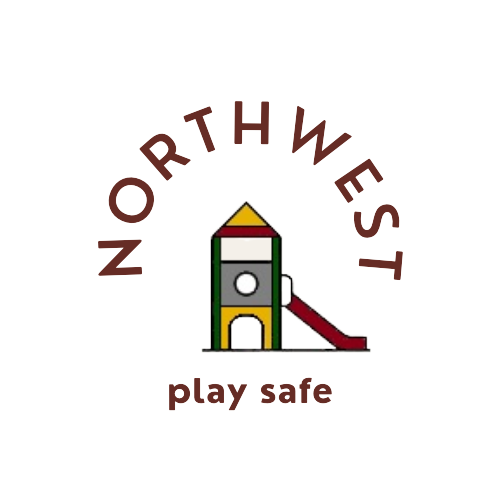
Add new comment